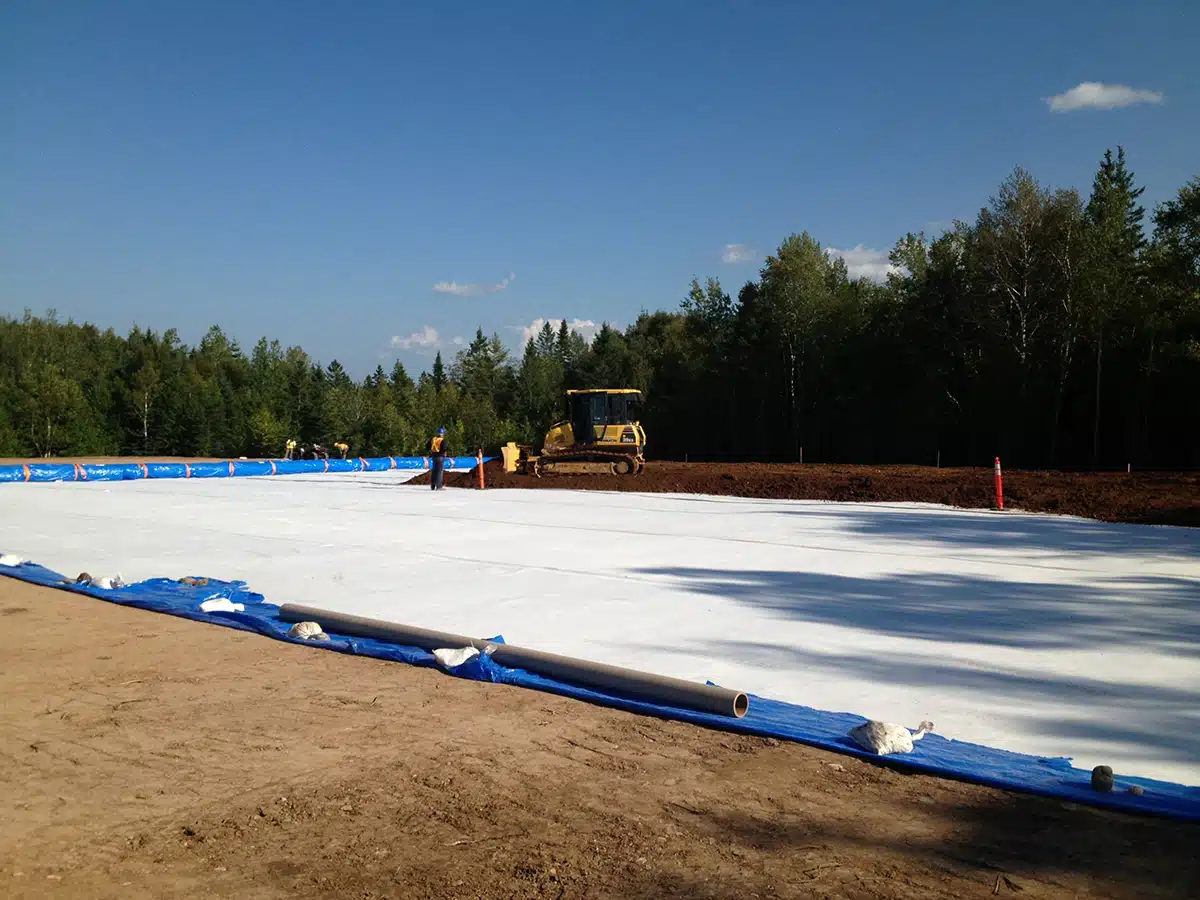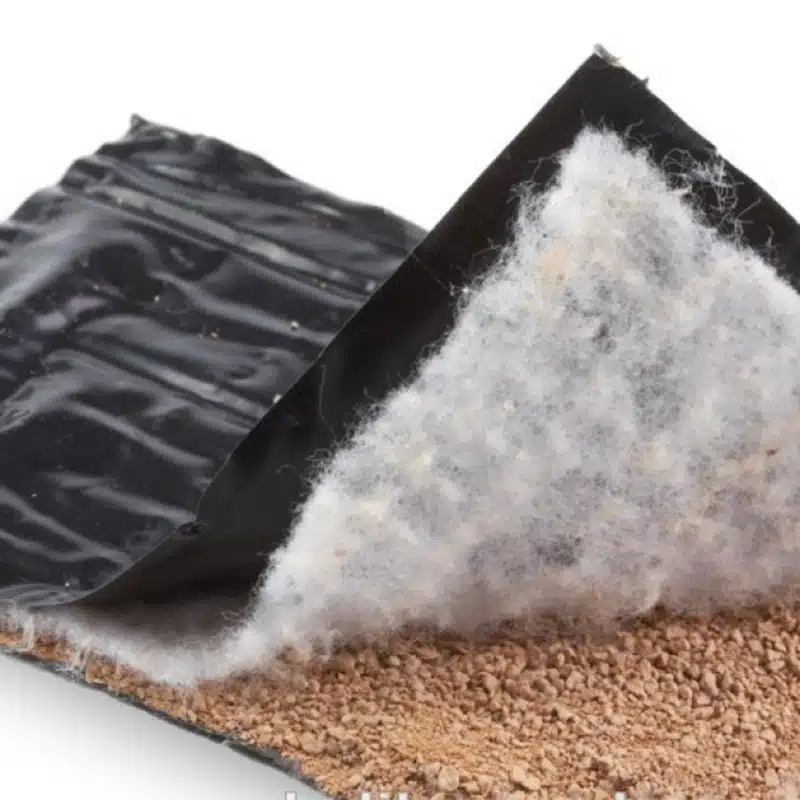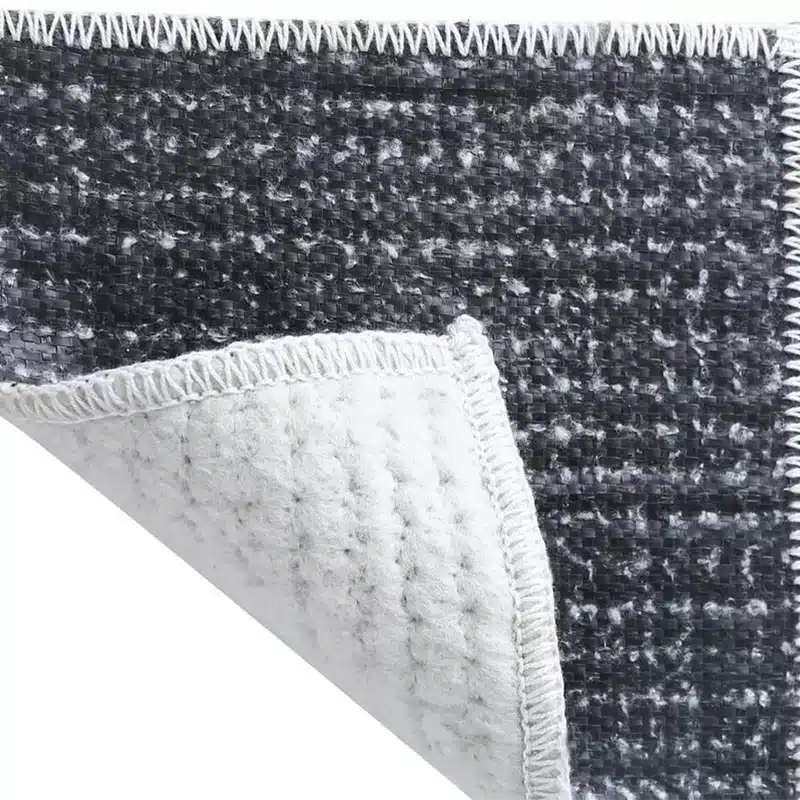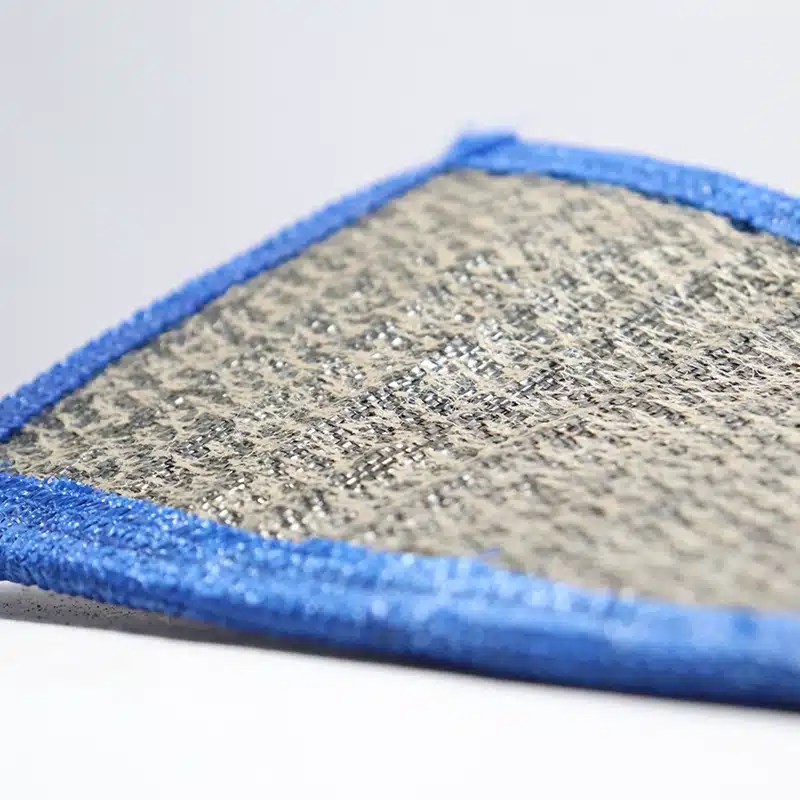+86-159 9860 6917
info@geofantex.com
geofantex@gmail.com
+86-400-8266163-44899
Geosynthetic materials have revolutionized the field of civil engineering, providing innovative solutions for ground stabilization, erosion control, and environmental protection. As we explore the applications and benefits of geosynthetic protection, it becomes clear how these materials contribute to more sustainable and durable infrastructure projects. This article delves into the common questions surrounding geosynthetic materials, their uses, and the advantages they offer in various engineering scenarios.
What are Geosynthetics and How are They Used for Protection?
Geosynthetics are synthetic products used to solve civil engineering problems. They include a range of materials like geotextiles, geomembranes, geogrids, and geofoams. In terms of protection, geosynthetics are primarily used to prevent soil erosion, manage sedimentation, reinforce earth structures, and serve as barriers against water or contaminants. These materials are essential in constructing roads, landfills, retaining walls, and in water management systems.

What Advantages Do Geosynthetics Offer Over Traditional Materials?
Geosynthetics offer several advantages over traditional materials such as gravel or sand. They are more cost-effective, requiring less material and reducing transportation and labor costs. Geosynthetics enhance the durability and longevity of structures by improving soil stability and drainage and reducing maintenance needs. Additionally, their flexibility and strength help them adapt to a variety of terrains and conditions, making them ideal for innovative and challenging engineering projects.
Are There Environmental Benefits to Using Geosynthetic Materials?
Absolutely. Geosynthetics play a crucial role in environmental protection. They help contain and control pollutants in landfills and wastewater treatments, preventing leachate from contaminating groundwater. In erosion control, they preserve natural landscapes and prevent sediment from clogging streams and rivers, thereby protecting aquatic habitats. Their use in green roofing and landscaping further contributes to urban heat reduction and enhances green space.
What are the Latest Innovations in Geosynthetic Technology?
Recent innovations in geosynthetic technology focus on enhancing material performance and environmental sustainability. Developments include manufacturing geosynthetics from recycled materials, improving UV resistance, and increasing their load-bearing capacity. Technological advancements also aim at integrating sensors within geosynthetics to monitor soil movement and moisture levels in real-time, providing valuable data for maintaining and improving infrastructure health.
Geosynthetic protection offers a versatile and efficient solution to many engineering challenges, from stabilizing soils to protecting environments. As technology progresses, the scope of geosynthetic applications continues to expand, bringing more sustainable and cost-effective solutions to the forefront of civil engineering. By leveraging these innovative materials, engineers are able to build safer, more durable infrastructures while also contributing positively to environmental conservation.



Get Free Sample
We’ll respond as soon as possible(within 12 hours)






















